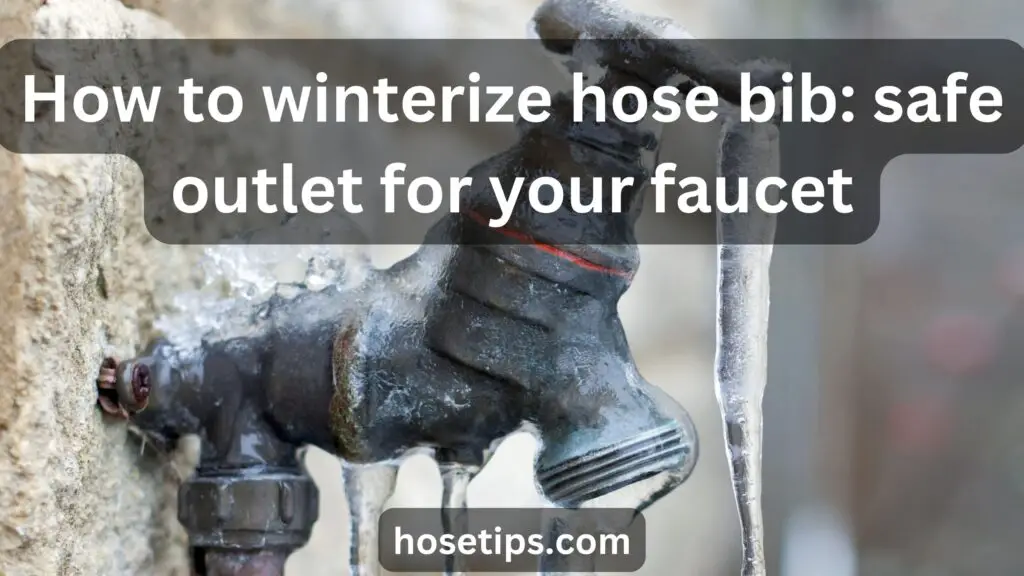How to winterize hose bib? As the temperatures drop as winter draws near, it’s crucial to get your home ready for freezing conditions to avoid expensive repairs. An aspect of winter preparation for your home that is frequently disregarded involves safeguarding your outdoor hose bibs, which are also referred to as outdoor faucets, experiencing freezing temperatures.
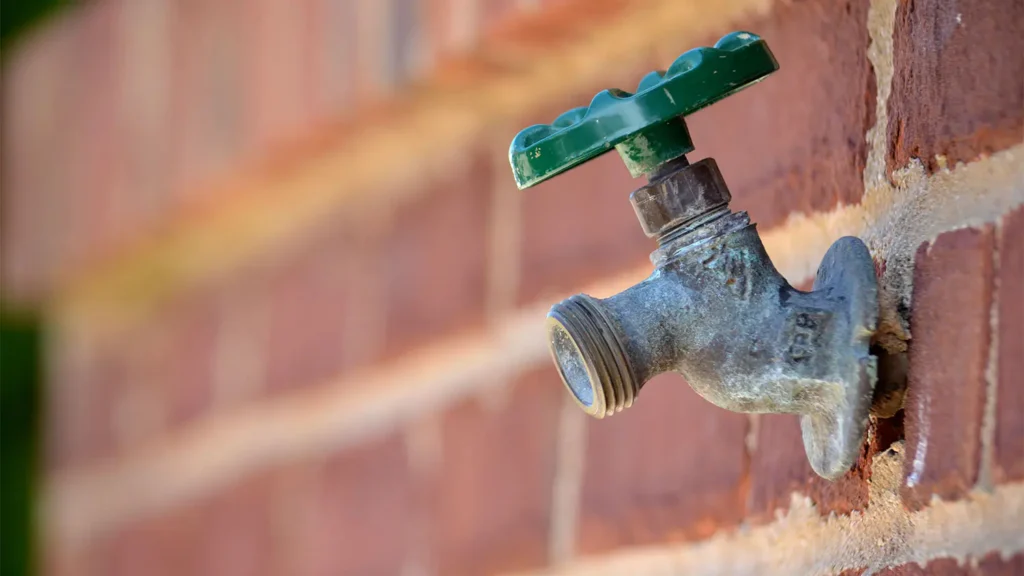
Failing to do so can lead to frozen or burst pipes. In this article, we will guide you through the steps to winterize your hose bibb and keep it in good working condition for the next spring.
Why winterizing your hose bibs is important?
Winterizing outdoor faucets are susceptible to freezing because they are exposed to the elements.
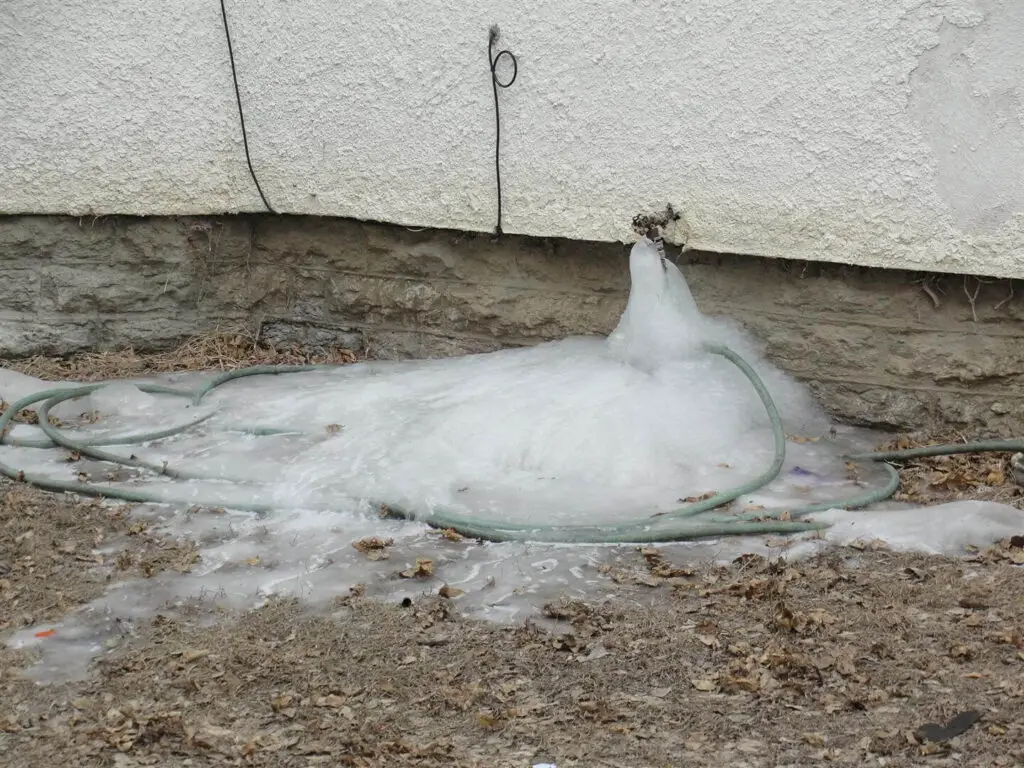
When the water inside the pipe freezes, it expands, causing frozen or burst pipes and potentially leading to damage inside your home. Winterizing your frost-proof hose bibbs prevents this by ensuring that no water is left inside the pipe to freeze.
Materials you’ll need
Below is a list of materials needed.
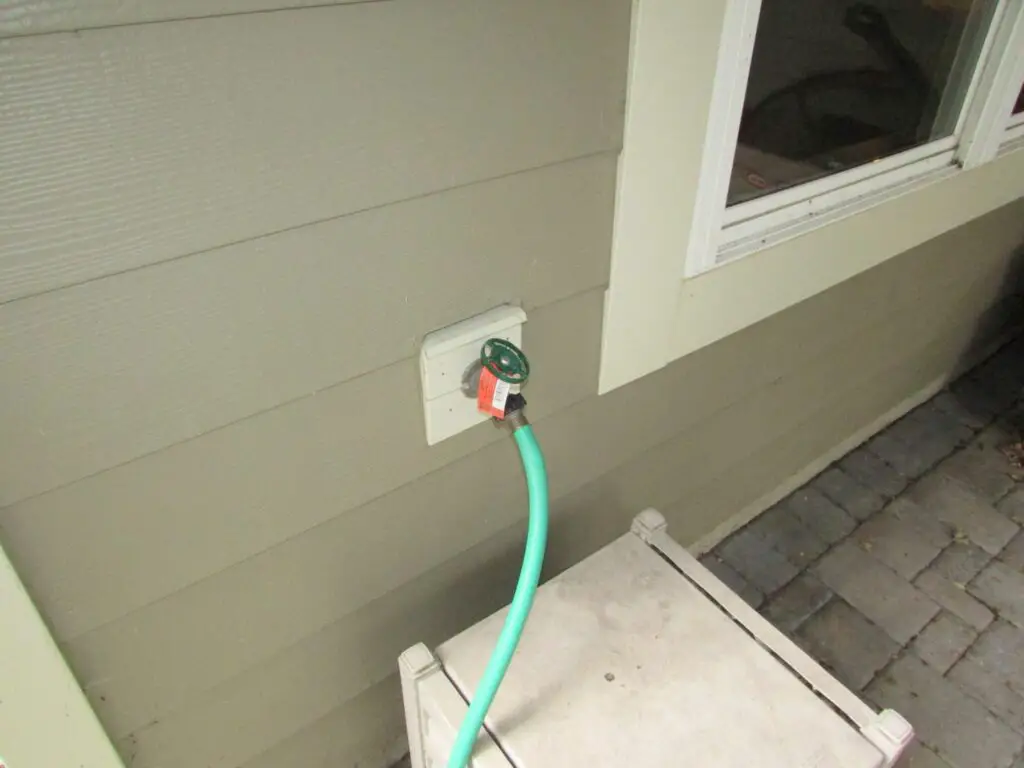
Drain valve.
Adjustable wrench.
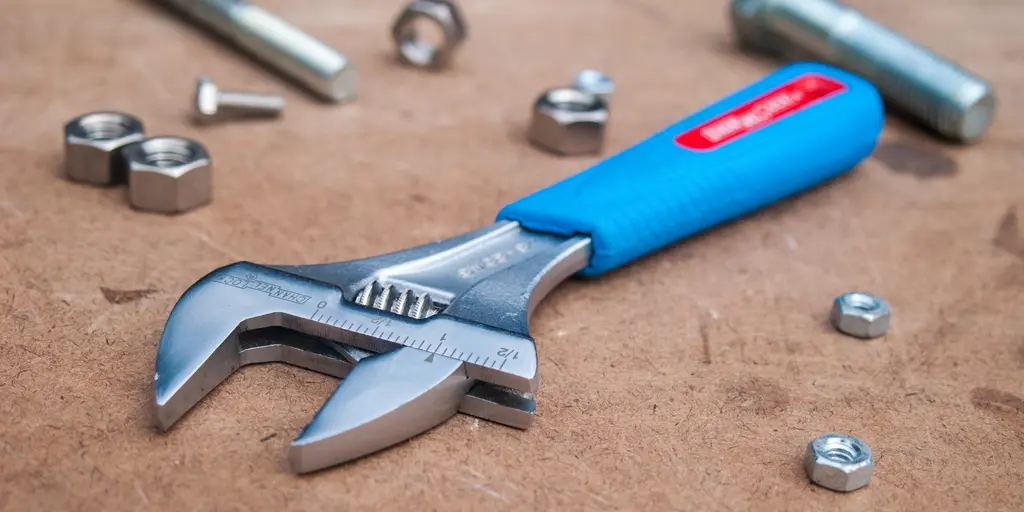
Insulating cover or faucet cover.
Pipe insulation.
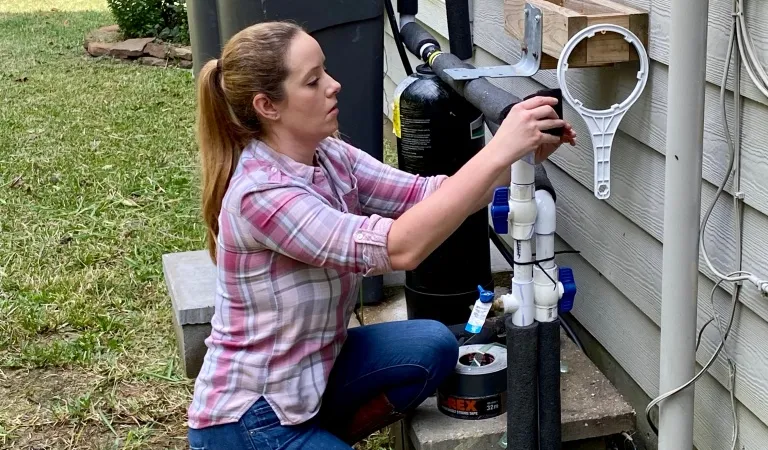
Teflon tape.
Steps to winterize your hose bibs
Follow the instructions below:
- Turn off the water supply line. Locate the water shut-off valve to the hose’s bib. This valve is found inside your home, often in a basement or utility room. Turn the valve to the “off” position to stop the flow of water to the outdoor faucets.
- Drain the garden hoses. To remove the water that is left from the outdoor plumbing, open the outdoor faucets by turning them on. This will allow water to escape from the pipe and prevent freezing temperatures. After the water stops flowing, close the faucet tightly.
- Disconnect hoses. Remove any hoses or attachments from the outdoor hose bibbs. Water can get trapped in these, which can lead to freezing and damage.
- Add insulation. Wrap the garden hose bib with pipe insulation, which is available at most hardware stores. Secure the insulation with duct tape or zip ties. This extra layer of insulation helps protect the faucet from the frost-free hose bibbs.
- Install an insulating cover. Place an insulating cover or faucet cover over the outdoor hose bibbs. These covers are designed to provide additional insulation and protection from the frost-free hose bibbs. They are usually made of foam or other materials used for insulating and can be easily secured in place.
- Seal openings. Inspect for any gaps or leaks in the vicinity of the garden hose bib or where it enters your home. Use Teflon tape or caulk to seal these areas to avoid the need for frost-resistant faucet air from infiltrating.
Install a drain valve
If your hose bibb is located in a low-lying area or if you live in an extremely frost-free climate, consider installing a drain plug valve. This allows you to completely drain the water from the pipe, reducing the risk of freezing. Seek advice from a plumbing expert or a qualified professional if you’re not familiar with installing a drain valve.
FAQ
No, you should not leave your hose open in winter. Leaving it open can allow frost-free air to enter the pipes, leading to frost resistance and potential damage.
Outside faucets should be closed in winter to prevent freezing. Turning them off at the shut-off valve and draining any remaining water from the pipes is crucial to protect them from cold.
To prepare an outdoor faucet for winter, follow these steps:
Turn off the water supply line to the frost-proof hose bibbs from inside your home.
Open the outdoor spigots to allow any remaining water to drain out.
Remove hoses indoors or their attachments.
Insulate the frost-proof hose bibbs with pipe insulation.
Install an insulating outdoor faucet cover over the outdoor spigots.
Seal any gaps or leaks around the cracking hose bibbs or its entry point into your home.
To keep your hose from freezing, follow these preventive measures:
Turn off the outdoor water supply lines to the hose in the outdoor temperatures fall.
Drain any remaining water from the pipe by opening the cracking hose bibbs.
Insulate the hose with pipe insulation.
Use an insulating outdoor faucet cover for extra protection.
Seal any gaps or leaks around garden hoses to prevent frost-free faucet air from entering.
To winterize an exterior hose, follow these steps:
Switch off the outdoor water supply lines to the hose bibbs from inside your home.
Turn on the hose bibbs to facilitate the drainage of any remaining water.
Remove hoses indoors or their attachments.
Insulate the hose with pipe insulation.
Install an insulating outdoor faucet cover over the drain hose bibbs.
Seal any gaps or leaks around the drain hose bibbs or its entry point into your home. These steps will help protect your exterior hose bibbs from freezing during the winter months.
Shut-off valve allows for the safe control of compressed air in pneumatic applications and is used in a range of industries. Shut-off valve is also a useful accessory to stop the air supply in controlled conditions where a process must work correctly and safely.
A frost-free faucet, also called frost-proof or freeze-proof, prevents winter damage by keeping the valve and water supply inside the home’s wall, away from cold exterior elements. When turned off, it drains the supply pipe to prevent freezing and pipe bursts, making it ideal for regions with freezing winters.
Conclusion
Winterizing your hose is a simple yet essential task to protect your outdoor faucets from freezing temperatures. By following these steps, you can avoid expensive repairs to your outdoor plumbing system and ensure that your hose bibs are in good working condition when spring arrives.
Don’t wait until the first frost-free to take action; prepare your hose bibs ahead of time to enjoy a hassle-free winter.

